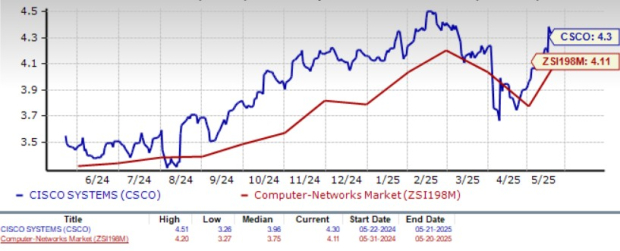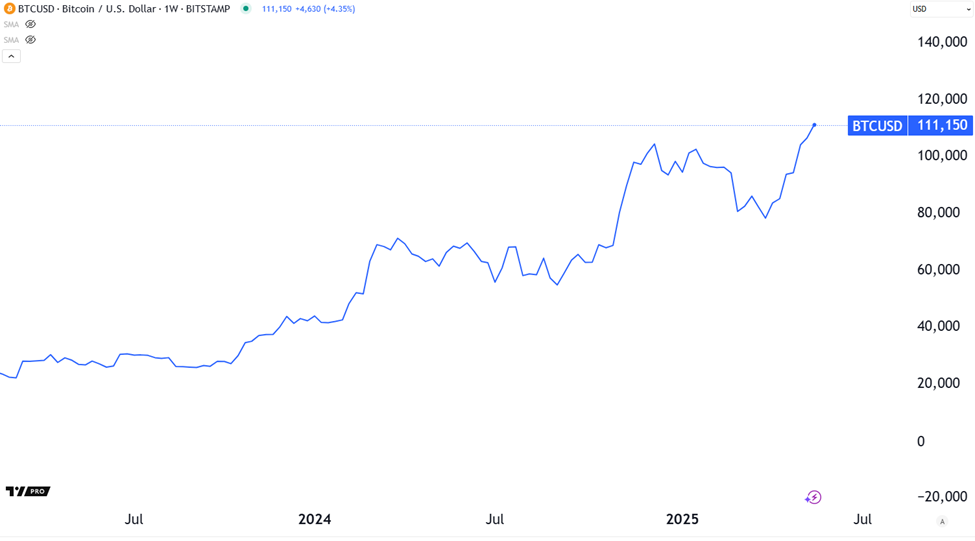Amazon’s AI Investments Position the Company for Future Growth
Amazon (NASDAQ: AMZN) is primarily recognized for its e-commerce platform and Prime subscription service. While these areas are crucial to its business, Amazon has also been strategically investing in artificial intelligence (AI) to create new growth opportunities.
This article reviews Amazon’s recent AI investments and how they contribute to the company’s growth. Key aspects will be explored to illustrate why AI is a significant advantage for Amazon. Additionally, I will discuss the potential for Amazon to achieve a $5 trillion valuation over the next five years.
Key AI Investments by Amazon
Amazon has made substantial investments in various AI technologies, including a notable $8 billion in the generative AI start-up Anthropic. This partnership is now a vital component of Amazon’s cloud services through Amazon Web Services (AWS), fueling increased revenue and profitability.
In addition, Amazon is developing custom silicon chips, known as Trainium and Inferentia. These innovations reduce dependence on third-party GPUs from companies like Nvidia and Advanced Micro Devices, potentially unlocking new markets and cost efficiencies in the long run.
Furthermore, Amazon is advancing in AI robotics by automating many processes in its fulfillment centers. This move enhances efficiency and allows for greater returns on its AI-related investments.

Image source: Getty Images.
Valuation Analysis of Amazon
Amazon and Anthropic announced their partnership on September 25, 2023. Since that time, the company’s market capitalization has surged by nearly $1 trillion (as of May 19). While such rapid growth may suggest a potential pullback, the long-term outlook for Amazon remains positive.

AMZN Market Cap data by YCharts
During a recent earnings call, CEO Andy Jassy highlighted that Amazon’s “AI business right now is a multibillion-dollar annual run rate business that’s growing triple-digit percentages year over year.” He indicated that demand for Amazon’s AI services is so high that the company must continually reinvest to meet customer needs.
These supply-demand dynamics present challenges, but they also signify strong demand for Amazon’s AI ecosystem, indicating solid prospects for scaling in the coming years.
Pathway to a $5 Trillion Valuation by 2030
Projected revenue growth estimates for Amazon show a consensus annual growth rate of 10% through 2027. If this growth rate continues, Amazon could generate $1.1 trillion in sales by 2030.

AMZN Revenue Estimates for Current Fiscal Year data by YCharts
Currently, Amazon’s price-to-sales (P/S) ratio is 3.4, lower than many of its peers in the “Magnificent Seven.” If this ratio remains constant, the market capitalization could reach approximately $3.8 trillion by 2030. To reach a $5 trillion valuation, Amazon’s P/S would need to rise to around 4.5 while maintaining the same growth rate.

AMZN PS Ratio data by YCharts
The recent increase in value suggests that, despite AI being a relatively new segment, Amazon’s investments will likely yield more visible returns, resulting in accelerated revenue growth and operating margins.
If these trends continue, Amazon may exceed a 10% annual growth rate or see its valuation multiples expand, aligning it closer to other industry leaders like Microsoft or Nvidia.
Overall, I believe Amazon has multiple avenues to reach a $5 trillion valuation by 2030, and its current stock levels appear attractive for long-term investors.
Should You Invest $1,000 in Amazon Now?
Before purchasing shares of Amazon, consider the following:
While various analysts have highlighted promising investment opportunities, Amazon was not included among the top recommendations. Analysts have evaluated many stocks that may offer significant returns in the coming years.
For context, when Netflix was featured as a top pick on December 17, 2004, a $1,000 investment would have grown to $644,254. Similarly, a $1,000 investment in Nvidia recommended on April 15, 2005, would be valued at $807,814!
It’s also important to note that the recommended investor average return significantly outperforms the S&P 500.
It’s crucial to approach investment decisions based on thorough research and analysis rather than on past performance alone.
The views and opinions expressed herein are those of the author and do not necessarily reflect those of Nasdaq, Inc.




